Netflix’s ‘Borderless Fog’ begins with the discovery of a body whose head has been cut off. Because it is discovered at the Indonesia-Malaysia border and concerns a community that has a history of not being taken seriously by the administration, a detective from Jakarta, Sanja Arunika, is sent to handle the case. Sanja is single-minded about the investigation; she has to solve it no matter what it takes, but she soon realizes that not everyone in the police department has the same thoughts. Rampant corruption is just the beginning of her troubles. Meanwhile, more bodies drop as the killer goes around beheading people. SPOILERS AHEAD
The Killer was Hiding in Plain Sight
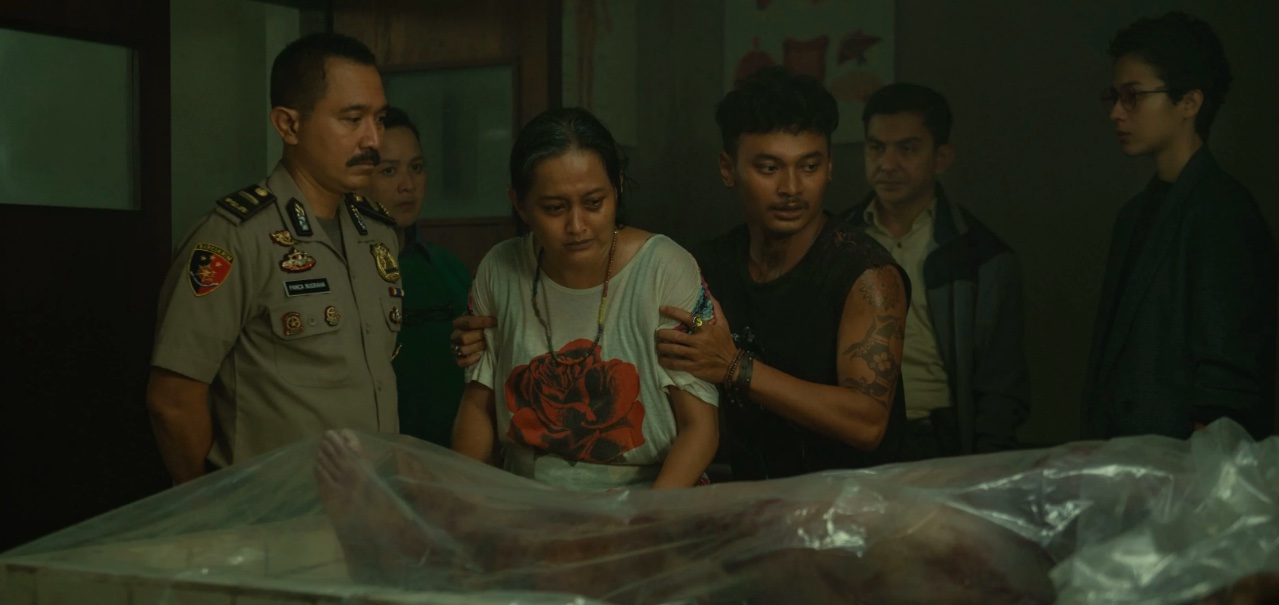
When Sanja takes over the case, she is told that the dead body they found at the border is actually two people. Someone cut off the head of an officer named Thoriq Herdian and put it over the body of a Dayak activist named Juwing. But this is not the first time someone’s beheaded body was found. Sanja is made aware a little too late that before this, another Indonesian man named Asraf had been killed in a similar manner, though there was no head found with his body.
Sanja knows that for someone to put Thoriq and Juwing’s head and body like this, there must have been a connection between the two. It also comes to light that Juwing had gone missing weeks before the discovery of his body, and while his family had been pleading with the cops to look into the case, they were not taken seriously. Soon after, another body is found. It is a woman named Umi who was involved in trafficking young girls.
Soon, an interesting pattern emerges where the killer seems to be targeting the people who have committed grave crimes. But this is in contrast with the death of Juwing, who fought for the community. This means that there are two killers, one of whom is motivated by the desire to right some wrongs and kill bad people. But Sanja is too distracted by other things to see what is right in front of her. It isn’t until the end when she is kidnapped and taken back to the abandoned warehouse, that she discovers the killer is Mr. Bujang, the owner of the tea stall who had told her the story of Ambong and been friendly with her all this while.
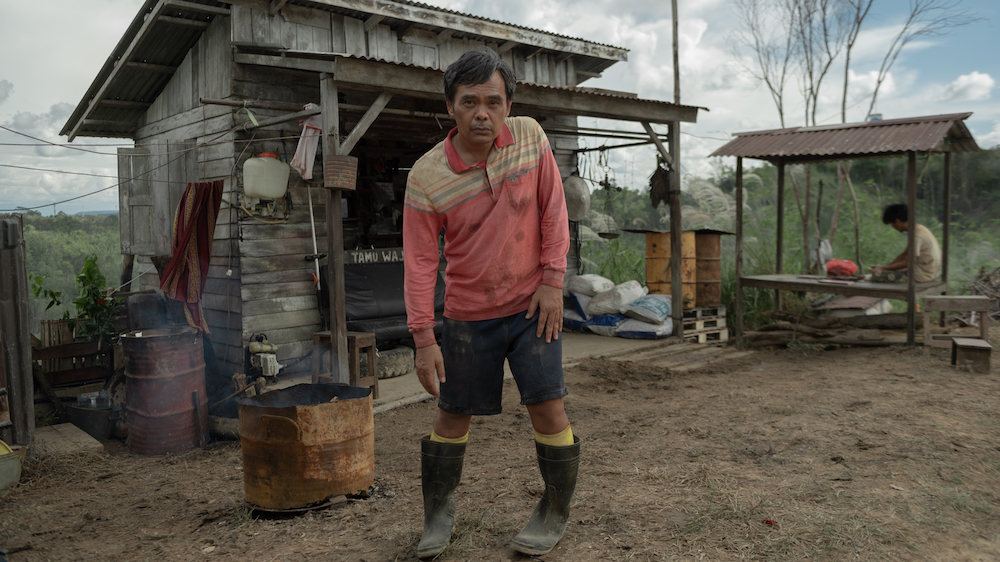
It turns out that Bujang was tired of the administration and the treatment of his people. Not only were their voices not heard, but they were not paid any heed to. No one protected them when they were in danger, and no one came forward to avenge the wrongs done to them. Juwing was one of the few who fought for them, but when he was killed by Agam and his men, Bujang decided that it was time to take matters into his own hands.
Bujang figured that Thoriq, who was under Agam’s payroll, was the one to kill Juwing, so he killed Thoriq, and as a message to Agam and his men, he beheaded Thoriq and put his head over Juwing’s beheaded body. Juwing’s head was preserved by him as a way to honor him in his death. Later, Bujang did the same with Thomas, who was killed by Panca. He cuts off Thomas’ head as a way to honor him and beheads Panca right in front of Sanja, who isn’t able to stop him. It was also Bujang who killed Umi and sent Asraf’s head to Agam as a message that death was coming for him.
What Happens to Panca and Agam?
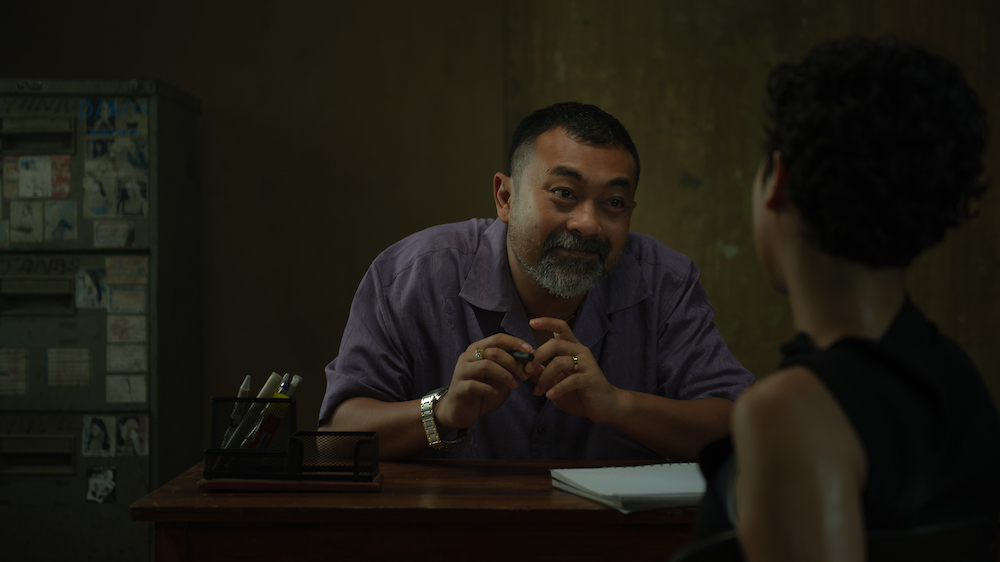
It took Sanja a while to realize that her superior, Panca, is in league with Agam, who is behind the trafficking of the girls. After Umi’s death, Sanja got too close to figuring out what Agam was up to and wouldn’t let him go. So, Panca called for her replacement. But by then, Sanja was too involved with the case, and with the help of Silas, she abducted Agam to make him confess. He did confess, but not to all the killings and beheadings. Still, that didn’t convince Silas that he hadn’t killed Juwing, whom Silas wanted to avenge. Before Silas can do anything, the cops arrive on the scene, and Agam is taken away and thrown in prison.
It turns out that behind his back, Panca made his own move. He knew that Sanja’s replacement would also want to pursue the case to its end, and there was no way around it but to solve it before the new detective from Jakarta arrived. Instead of continuing to protect Agam, he decides to make him the fall guy, take the credit for solving the case, and improve his image in the community. This is why when Agam and Silas are found, the cops arrest Agam and accuse him of all the murders, making sure that he will live out the rest of his life in prison. Days later, it is revealed that Agam killed himself because he couldn’t take the pressure of living in prison. However, it is also possible that he was killed by one of his enemies. In any case, he has paid for his sins and is out of the picture.
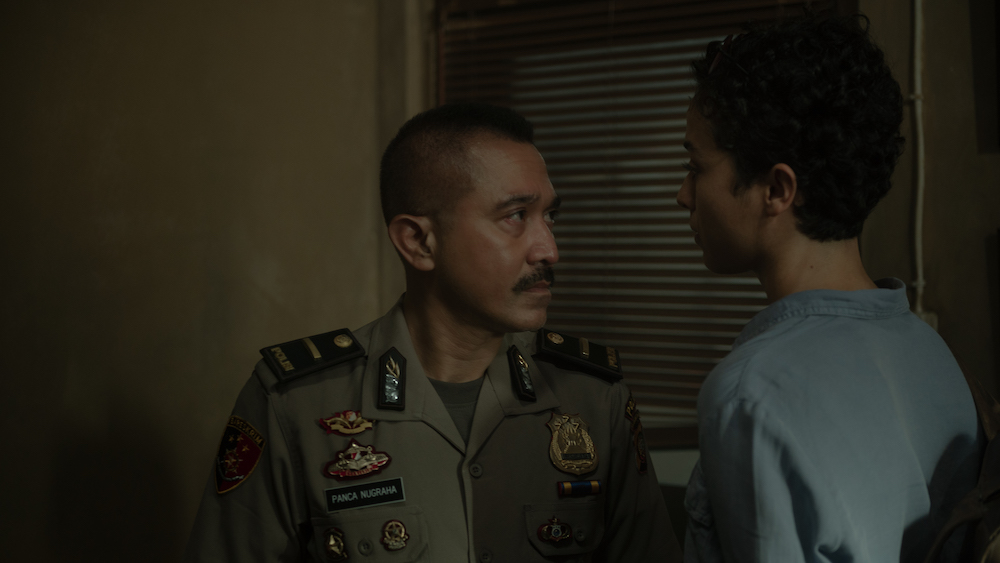
Meanwhile, Thomas tries to expose Panca and records him while talking about his connection to Agam and how he tried to kill Sanja because she found out what he was up to. For a while, it looks like Thomas’ plan has worked, but Panca uses his moment of distraction to free himself and shoots Thomas, who dies on the spot. Before Panca could flee, he was found out by Bujang, who took him to the warehouse, where he eventually beheaded him in front of Sanja. This way, Panca, too, paid for his crimes.
Knowing the truth now, Sanja could have taken the cops to the warehouse, exposed Bujang, and retrieved Panca’s body. But then, she would have had to come out with the whole truth about Panca’s lies and Thomas’ involvement with it. It would also mean that Agam would be exonerated, which isn’t something Sanja wanted. She thinks about Bujang’s words when he tells her that she must turn a blind eye to some things, and it is only she who can choose what things she wants to be selective about seeing.
In the end, she finds it best to let Panca keep his fake glory of having solved the case while he is declared missing because no one knows what really happened to him. This also keeps Thomas’ integrity intact, and he is given a proper farewell by his community and treated as a hero, which is what he deserves. Since all the bad guys have paid for their sins, it doesn’t make sense for Sanja to shake up the tree by talking about Bujang, who, according to her, is only killing the bad guys.
Who Killed Bujang?
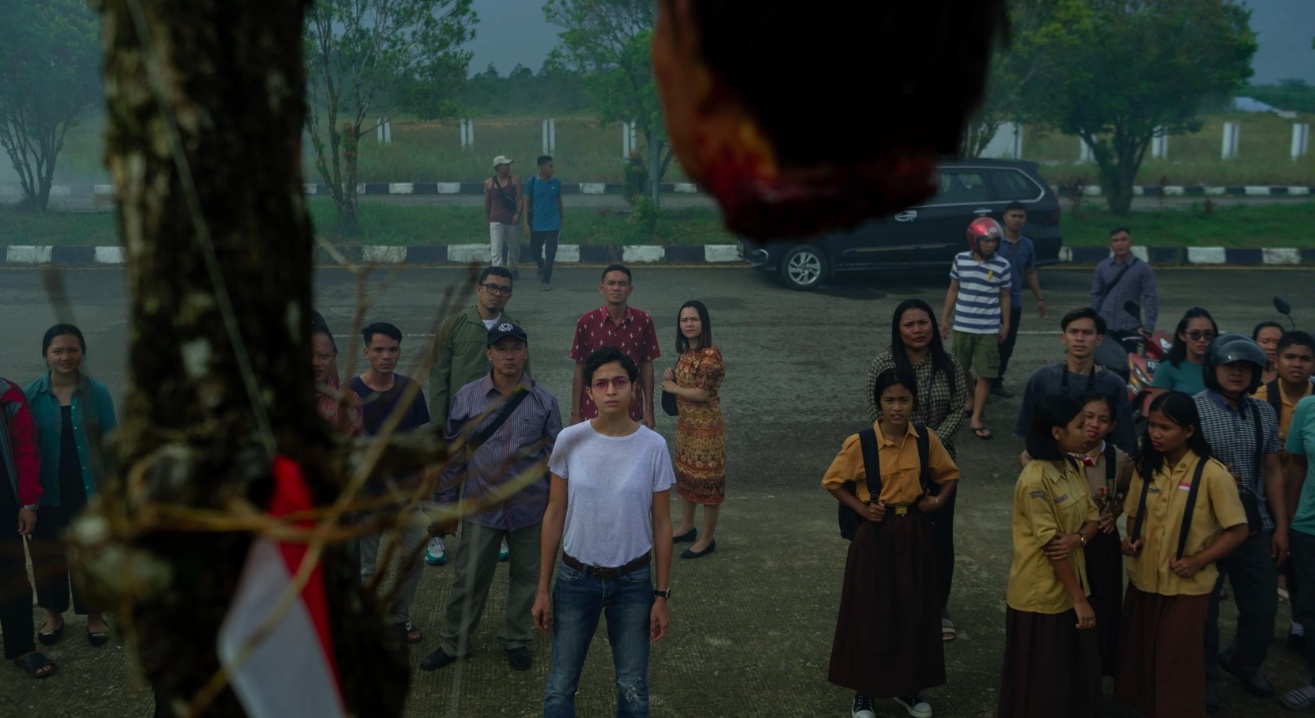
Throughout the film, Sanja hears the story of the ghost of Ambong, who is haunting the woods. According to some people, it is he who he is killing everyone. Bujnag, too, uses the cover of this story to divert Sanja’s attention. At one point, it looks like the ghost is responsible for the deaths, but then Bujang’s truth comes to light, and every death in the movie is explained. Everything is tied up by the end, and Sanja decides to leave. On her way out of the town, she is taken by the sight of a head hanging by a tree branch, and it turns out that the head is Bujang’s. The question now is, if Bujang killed the others, who killed him? This is where things get a bit treacherous.
One explanation, and what feels more logical, is that Bujang was killed by one of Agam’s men. It is possible that one of them figured out what Bujang was up to and wanted him to pay the price because his murders were piled up on Agam. Moreover, when Agam died, someone must have taken over after him, and this person would have wanted to make a statement to warn people off, showing that no one can mess with them like what happened to Agam. Bujang’s death would send that message, especially for Sanja, who was perhaps the only person who knew the truth.
Another possibility is that there really was a ghost of Ambong, and it was he who killed Bujang. But why would the ghost do that? It is important to note that while Bujang may have killed the bad guys, he also took an innocent life in the form of the girl, Sindai, who accompanied Arum. This girl had stumbled onto Bujang’s lair and shortly after was killed. Later, we find Arum in the same place, and while she isn’t dead, it does make one question whether Bujang was planning to kill her as well because she knew what he was up to. Why didn’t he send her back home when he knew that everyone was looking for her?
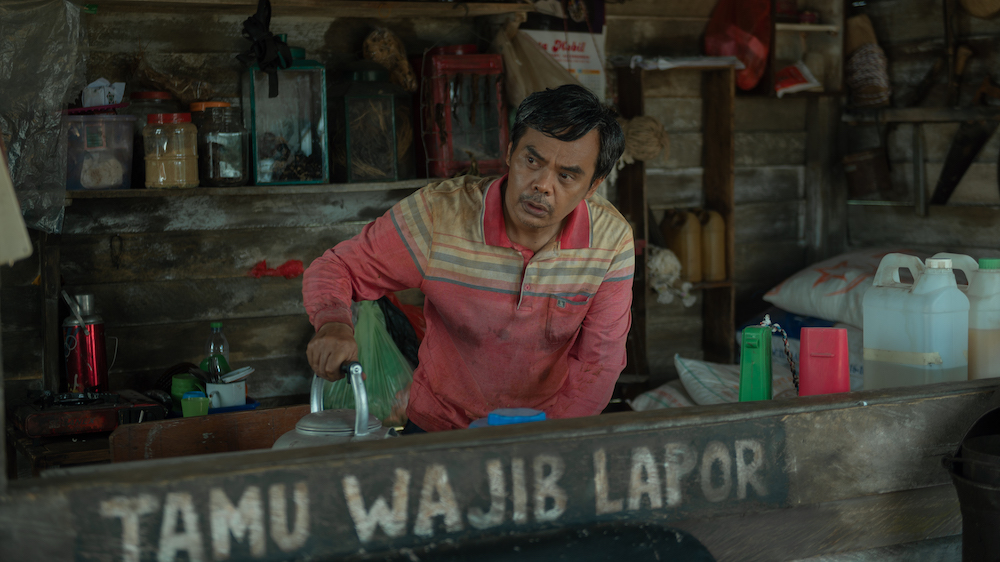
It is also interesting to note that Sindai was one of the only people in the film who claimed that she talked to Ambong. She claims that he talks to her and helps her, which is how she knows they are safe in the forest. It is possible that the ghost had a soft spot for the girls and wanted to protect them. But when Bujang killed Sindai, his wrath was unleashed, and he decided to avenge the girl. In hindsight, it also seems like the ghost was the one who transported Sanja to the warehouse at the end, where she found Arum still alive and Bujang killing Panca.
The movie purposely leaves the mystery behind Bujang’s death because it wants the audience to question the nature of things that have unfolded in front of them. Through Santa’s visions, especially of the little girl she keeps seeing everywhere, it is clear that the ghost is trying to communicate with her. The film also repeats Ambong’s name enough times to turn him into an ever-present entity, even though we never see him. He is woven into the fabric of the story so well that it seems difficult to believe that he is merely a red herring in the story. With Bujang’s death, the film makes us revisit the idea of his existence, lest we discard it after discovering that the killer was human after all.
Who is the Boy With the Boots?
Another interesting thing that the story leaves us with is the image of a young boy washing blood off a pair of boots in the river. The time stamp on the scene is 1972, which puts it at the height of the insurgency by the PARAKU communist forces. One possibility is that the boy is young Bujang. In a previous scene, he had talked about growing up around the time of the conflict.
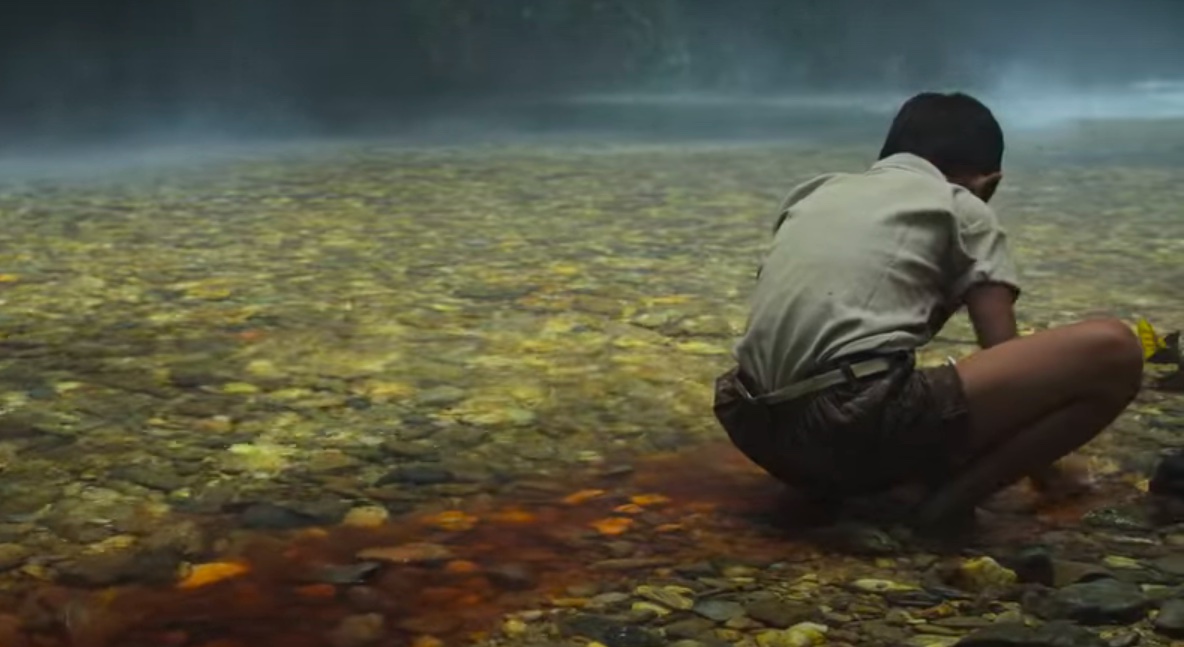
Considering how he eventually turns into a serial killer avenging innocents and killing the bad guys, one can assume that this is where the seeds of violence as a means of getting justice were planted in his head. It was in these years that he saw so much bloodshed and bodies being torn apart in the war that he became immune to being repulsed by the sight. He might have witnessed the beheading of a soldier/s, which may have planted the idea of beheading as a means of executing the bad guys in his mind. This is proven by the scene in which he beheads Panca, as his approach is more ritualistic, as if he is delivering the sentence of the gods rather than murdering someone as a human.
But there is another, perhaps more interesting, interpretation of the scene. Because it is still the early years of the unrest, the boy will likely join the fight in the coming years. Considering all the things we’ve heard in the movie so far, it seems logical that the boy in front of us is none other than Ambong. It is he, in his young years, when he has yet to join PARAKU forces and become their fearsome leader. He will vanish into the jungles of Borneo when the war comes to an end in 1990.
While the last shot seems completely unrelated to the murders, it once again highlights the importance of Ambong’s ghost, who lingered throughout the story and was never once seen. Right before this, we also see Bujong’s head hanging by the tree, leading us back to Ambong’s ghost. Showing his younger version in the final shot is a way for the film to acknowledge that his ghost had been there all along and that he was the one responsible for killing Bujong.
What makes this shot interesting is how the film subverts the idea of presenting a ghost in the story. When it comes to the eerier element, we almost always get the view of the ominous-looking trees in the forest. The ghost is talked about many times, but he never really appears in any frame. Any other filmmaker would have used the ghost in the background or as jumpscare to startle the audience. However, the director of ‘Borderless Fog’ gives us only one opportunity to meet Among. That is when he is still a child and years away from his eventual fate as a ghost who lingers in the forest for eternity.
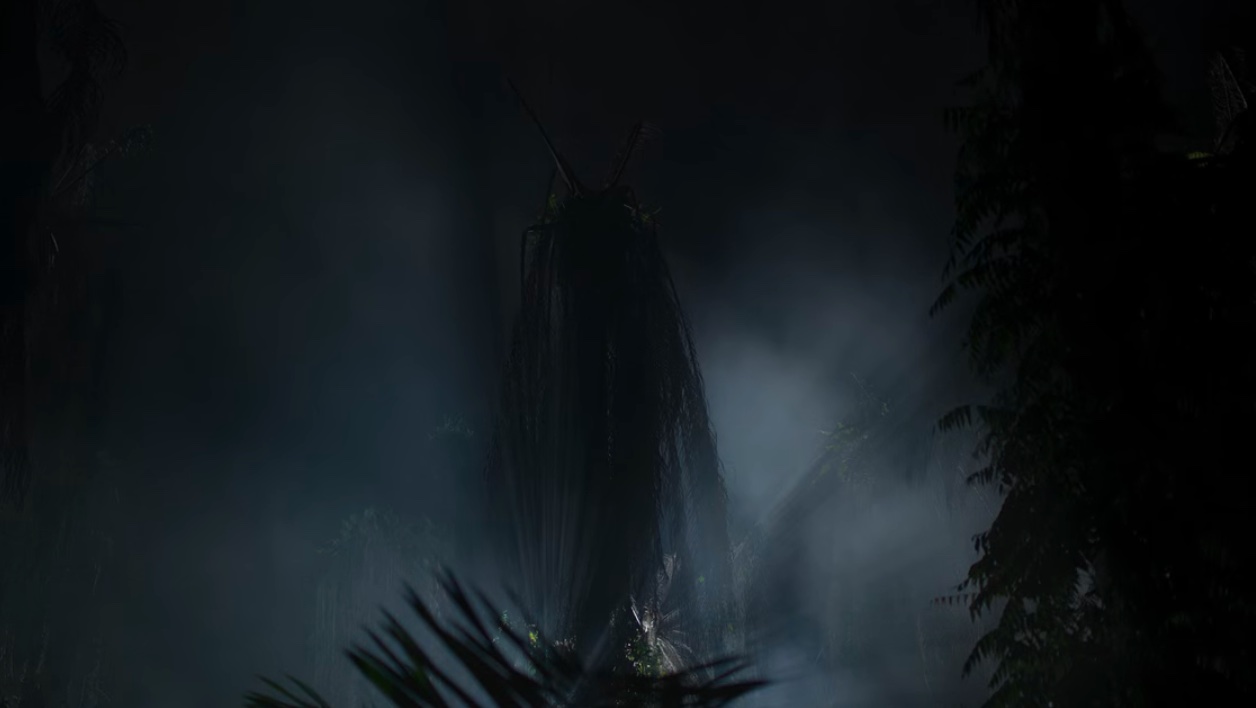
The shot also establishes the idea of the ghost being the past more than a person. For Sanja, her ghost was the kid she ran over in Jakarta and then had the case buried with the help of her father and her friends. At the time, she thought she was protecting herself, but the guilt eats away so much that she is ready to give herself to the law. The only thing keeping her from doing this is the people who helped her bury the crime in the first place. Sanja is haunted by her past and her deeds, feeling more guilty about being a part of the coverup rather than the hit-and-run. Seeing Ambong in his past harkens to this approach of storytelling and fits well with the tone that the director was going for.
Another thing that turns the last shot into a haunting scene is to see a boy clean the blood off the boots. This refers to the ongoing conflict in the region, showing how the children of the place have been affected by the changing political climate and what future it sets for them for the coming decades. The ease with which he cleans the boots shows that blood and bodies are not a foreign sight for the boy, which is quite a heartbreaking thing in itself. It also serves as a foreshadowing of what’s in his future. When he joins the guerrilla forces, he will be involved in shedding a lot of blood. He will get so good at it that he will quickly rise through the ranks and make a name for himself. Eventually, however, it will end in blood for him, too.
Read More: Is Netflix’s Borderless Fog Based on a True Story?

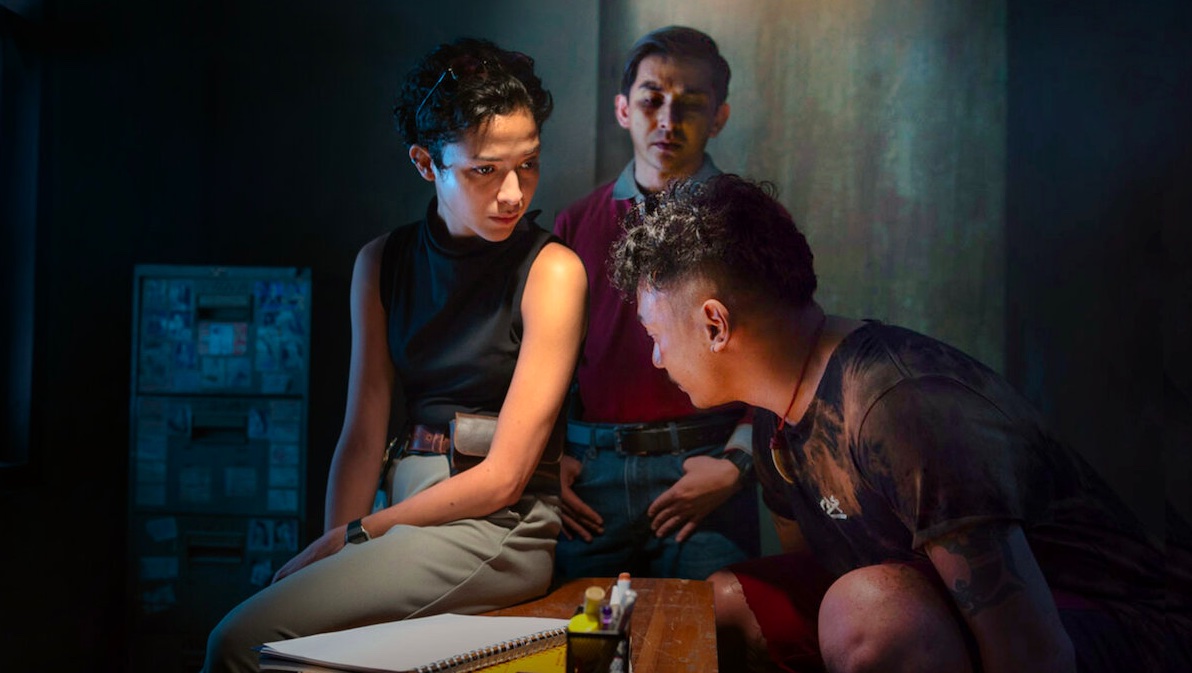
You must be logged in to post a comment.